Mayweather heard the clamor and there was probably no coincidence in his choice of opponent for his comeback fight. Marquez was Pacquiao’s biggest rival, the man who had nearly defeated him twice. (Instead, Paquiao owned one close win and one disputed draw against Marquez.) Mayweather could scoff at the notion that Pacquiao was to be taken seriously, but all his maneuverings – including the announcement of the Marquez fight coming just hours before Pacquiao would square off against Hatton – suggested he at minimum wanted to get people talking about the pair in the same sentence, even if it was only to steal from or piggyback on some of Pacquiao’s thunder.
For several minutes, Mayweather didn’t answer Kenny’s repeated inquests on why he wasn’t facing Pacquiao for his return bout.
https://www.youtube.com/watch?v=mwNt7wv_RN8
It wasn’t quite Jeremy Paxman vs. Michael Howard, the BBC interview where Paxman asked the same question 14 times in a row. But Kenny stayed after it. In the span of a few breaths, Mayweather said he’d fight whomever his advisers, Leonard Ellerbe and Al Haymon, put in front of him – then proclaimed he was his own boss.
Kenny didn’t set out to so explicitly confront Mayweather on Pacquiao, even though he knew it was a fight that had preoccupied fans because it would undoubtedly be the biggest matchup of the last decade, an opportunity for the sport to sneak back into the mainstream consciousness.
“It’s obvious that that was occurring, but there’s always a question of who are you going to fight. I usually lay out the possibility of opponents. I mentioned [Shane] Mosley,” Kenny said. “Marquez is an excellent fighter, a great fighter, but he was a lightweight. It seems like a logical question… If he answers it right away, there’s really not much else to say. But he wasn’t answering the question. It’s not in my head, you have to fight the guy. Just don’t tell me you’re fighting the best guy out there.”
Shortly thereafter in the interview, Kenny made what he considered a big mistake. Mayweather, now worked up into a lather, began shifting the focus to Kenny himself.
Now Mayweather had Kenny on the defensive, and was clapping at him while repeatedly demanding, in a series of queries, that he “answer the question!” Kenny compared it to a trademark trick of Mayweather’s in the ring – to fool his opponent into walking into a right hand. And he felt, he said, like Jersey Joe Walcott, whose face was rearranged in a dramatic photo at the moment of impact of a Rocky Marciano fist.
“He’s diverting me now and focusing on me,” Kenny eventually realized. “It’s not about my credibility. I thought, ah, I took the bait. Then I got back on point and kept asking the questions. It’s my job to bring it back.”
Despite taking Mayweather’s best punch, Kenny said he enjoyed the interview immensely. He was never worried that it had gotten too contentious.
“I’m laughing. To me it’s fun. It’s psychological warfare,” Kenny said. “I realize we’re in this kind of interview sparring session. He’s very good at changing speeds and throwing feints and getting you to lunge. I wasn’t trying to make him look bad. I was trying to get him to answer questions. I’ve had many interviews after that and they weren’t like that because he answers plainly, honestly and when he does that we move on.”
* * *
Not long after, with the Marquez fight still looming, Kenny appeared in Mayweather’s gym for an open workout. He said that once everyone at the gym saw him, they began to buzz about the potential for more fireworks.
When Mayweather caught a glimpse of him among the other media outlets, he directly engaged him and told him to fire away, which Kenny did. The whole time, Kenny recalled, Mayweather’s entourage taunted Kenny and cheered on Mayweather.
“All these guys from his gym, his uncle Roger, are yelling at me from the side. ‘You tell him champ. Don’t take nothing from this chump.’ I tell everyone to be quiet,” Kenny said. “Floyd says, ‘That’s my uncle Roger, you don’t say anything to my uncle Roger.’ I say, ‘I know who he is, I only have one camera, can I interview him later?’ It was a hilarious moment.
“If I’m being, fair and I’m doing my job properly I can’t worry about the repercussions. You can’t worry about the political ramifications,” Kenny said. “Nobody at ESPN said anything other than, that was excellent.
“I’m also aware that a good interview like that drums up some publicity for his event, which I’m all for. If these things drum up publicity and people are drawn to your fight — It’s a dangerous sport. I want you to make money.”
Boxing’s inability to pit the best fighters against one another has been exacerbated by its bifurcation: Its two biggest promoters, Top Rank and Golden Boy, feuded more violently than many boxers did. In 2006, with Golden Boy now one of the two big promoters replacing the aging Don King, Pacquiao signed with both Top Rank and Golden Boy (which naturally resulted in a lawsuit). For two years thereafter, the companies that controlled the biggest names in the sport refused to work with one another.
All of this transpired against the backdrop of a media environment that deepened boxing’s suffering. Partly in exchange for the short-term big money, partly due to an exile from network television, meaningful boxing matches only occurred on HBO or Showtime, or, even worse, PPV, and more often in casinos that cared more about luring big spenders than in developing regional fan bases that fueled grassroots ticket sellers. When print media profits began to drop off, the decision about which sportswriters to dismiss fell on beat reporters from the increasingly isolated sport of boxing.
That in turn incubated a vicious cycle: General sports fans would sometimes say they stopped following boxing because they didn’t really know anyone from the sport anymore, but they wouldn’t get exposed to boxers who were worth being exposed to. Fewer writers from traditional news outlets were covering boxing and the average viewer wasn’t likely to happen across them on basic cable on a Saturday evening.
How boxing sunk to such a sorry state can be filed under two umbrella reasons: Boxing had degenerated as a sport in the “sporting” sense of the term, its reputation as the red light district having wearied too many fans; and boxing had become increasingly isolated from those same fans, some its own doing, some not.
Both of those trends pre-dated the new century. Boxing, after all, once was infiltrated by the mafia, and the transition from CBS, NBC and ABC to HBO and pay-per-view had gained a foothold in the 70s. But they combined into a debilitating cocktail at a time when other trends, like the crippling erosion of traditional news outlets and the consolidation of fans’ interest in the “big four” sports of the MLB, NBA, NHL and most especially the NFL soaked up consumers’ dollars and attention.
Talk to any ex-boxing fan about how they acquired that “ex’-,” and you’ll find many moments of departure.
And while the brutality of boxing and its consequences on human life have always limited its appeal to a degree, it’s not as if raw barbarism suddenly fell out of style: The UFC and mixed martial arts rose to prominence around the same time boxing was hitting its nadir, and the NFL hasn’t yet suffered gross defections as a result of its concussion crisis.
No, this was about a sport that didn’t resemble one at all, and Tyson biting Holyfield was just one example of it. The rapid proliferation of alphabet belts was another, and one of them, the IBF, was actually on trial at the turn of the century for demanding money in exchange for rankings. Its president was eventually convicted of racketeering. The alphabet belts made it hard to determine who the real champion was, an easily established fact elsewhere: There is only one Super Bowl winner, not four in 17 different divisions.
The UFC capitalized on boxing’s poor practices by routinely, in its early years, pitting the best against the best, and therefore siphoning off enthusiasts of combat sports who had grown tired of boxing’s mismatch act. By contrast, Roy Jones, Jr. fought 39-year-old police officers rather than the man widely viewed as the historical, lineal champion of the light heavyweight division, Dariusz Michalczewski. The inability of the sport to deliver the best matchups wasn’t exclusive to Mayweather and Pacquiao going their separate ways, but that dream matchup became the elusive white whale for dedicated and casual boxing fans alike.
* * *
After the Marquez fight, which Mayweather dominated, peace was made with Kenny. With the post-fight press conference winding down, Kenny asked Kelly Swanson, a Mayweather publicist, for a one-on-one with Mayweather.
“And I know it’s a pain. It’s way late at night. I saw him look to her and give the thumbs up and smile,” Kenny said. “He came up to me on the stage is and I’m wondering, is he going to say something to me, is he still angry?
“I walked up to the stage and he says, ‘Give me a hug so we can let everybody know we’re OK.’ I said, ‘OK.’ I gave him a big hug. He said, ‘Blessings to you and your family.’ I say, ‘To you and your family as well.’ I tell him it was a magnificent performance. That’s what a pro he is. He could’ve just shook my hand. He didn’t want it to be that,” Kenny said.
Any hostility was behind them.
But the interview remained in the zeitgeist.
CLICK HERE TO CONTINUE READING 12 BRUTAL ROUNDS ON SPORTSCENTER

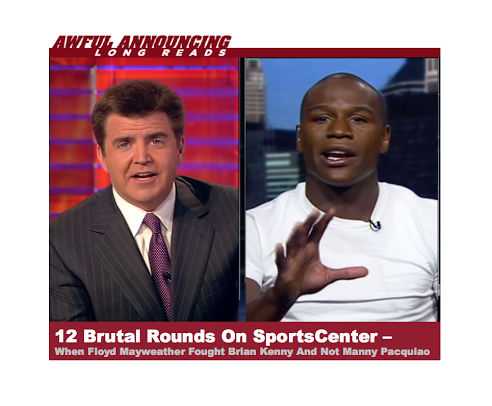


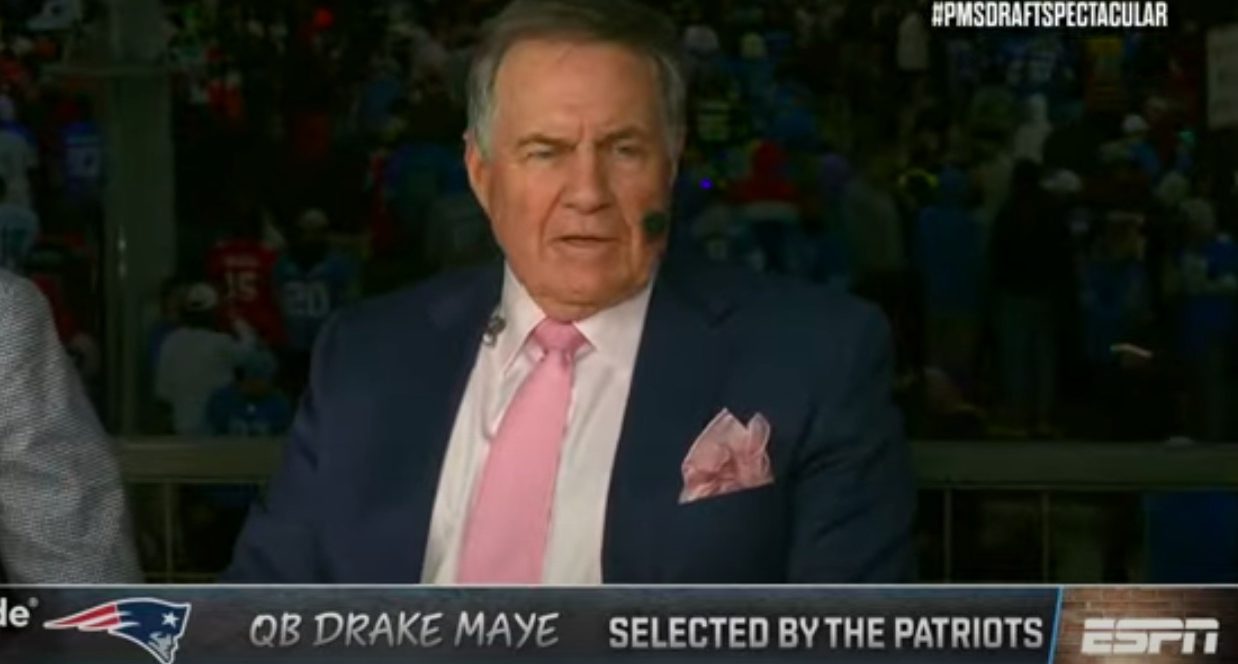
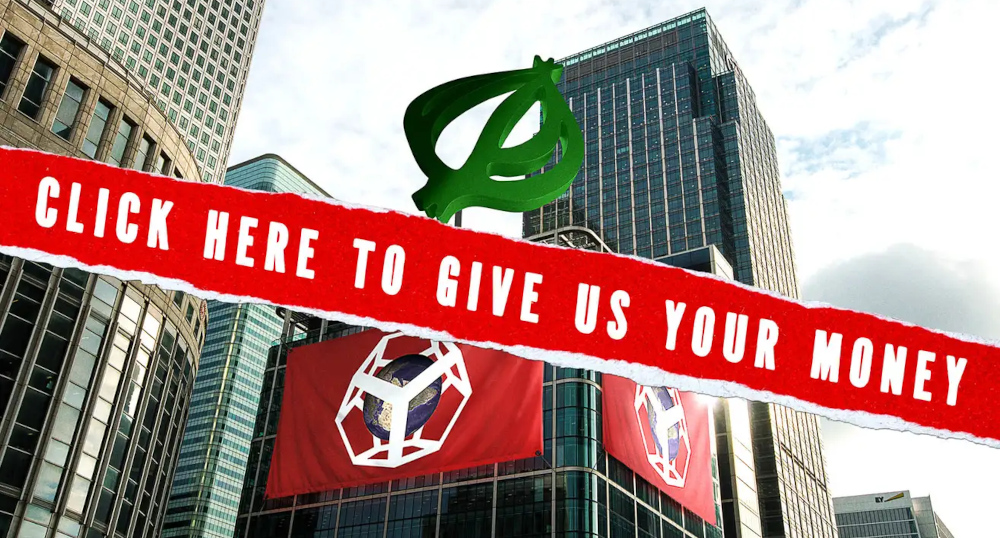
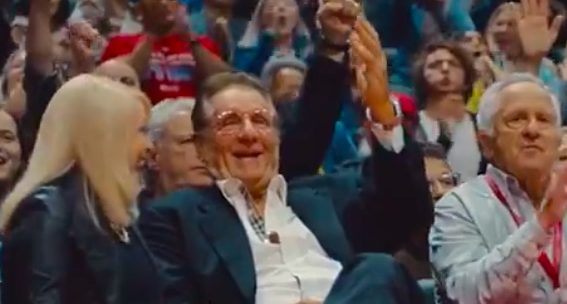
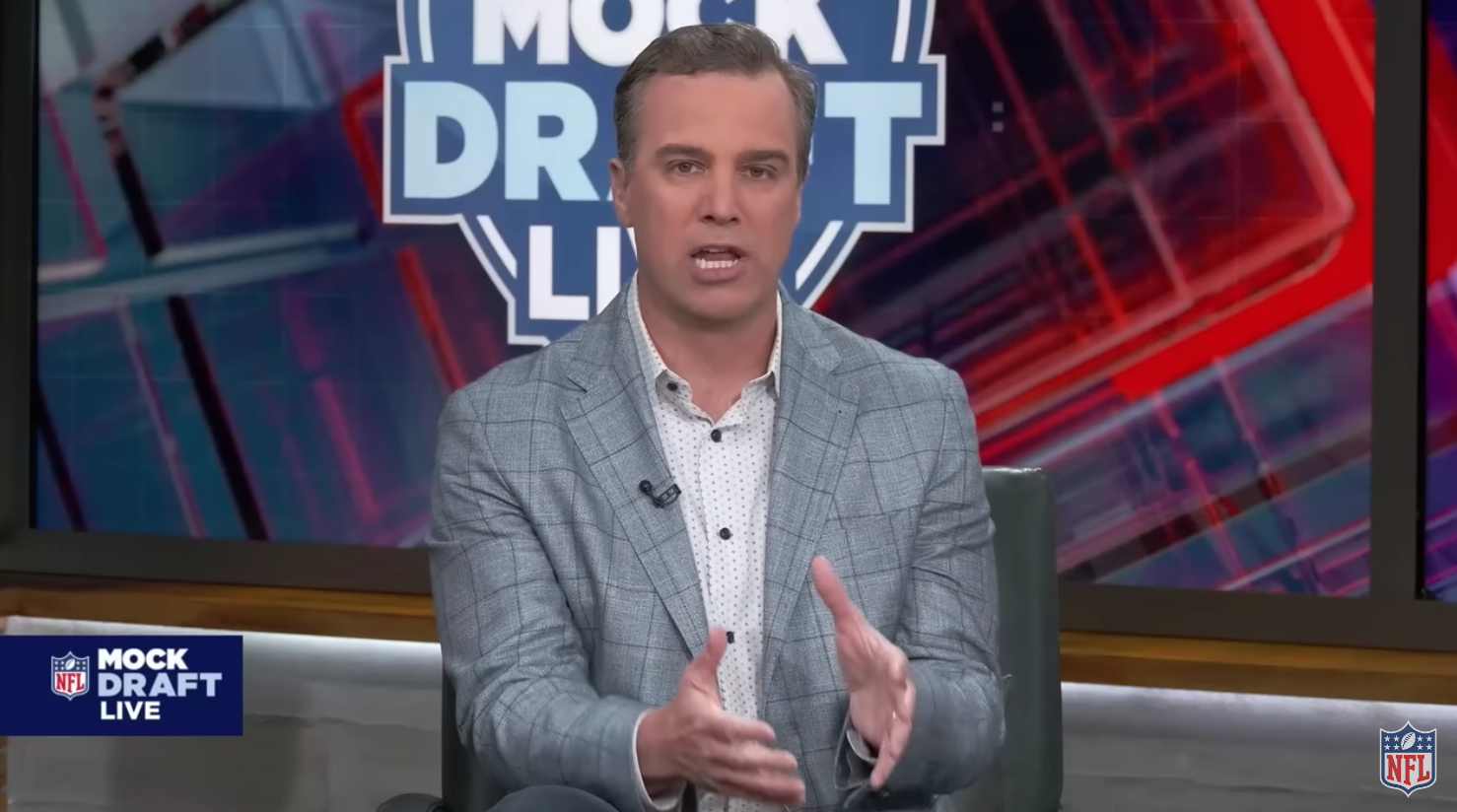
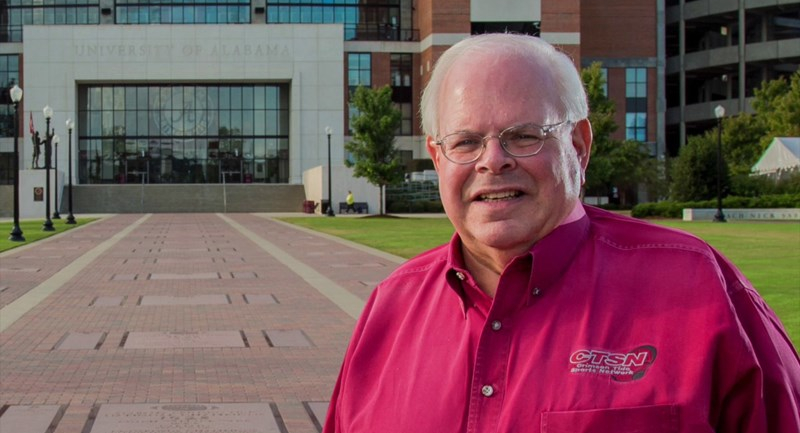
Comments are closed.